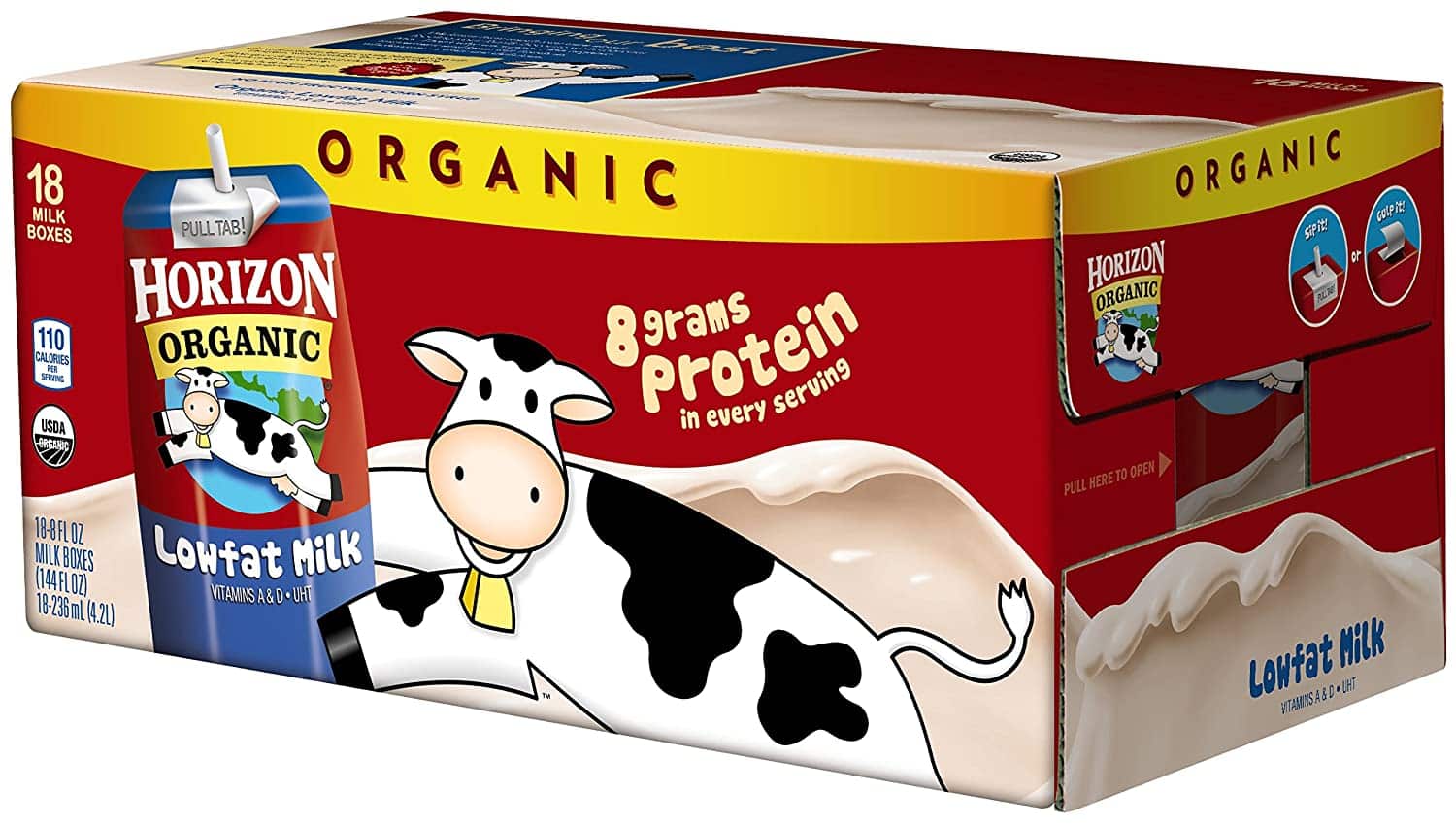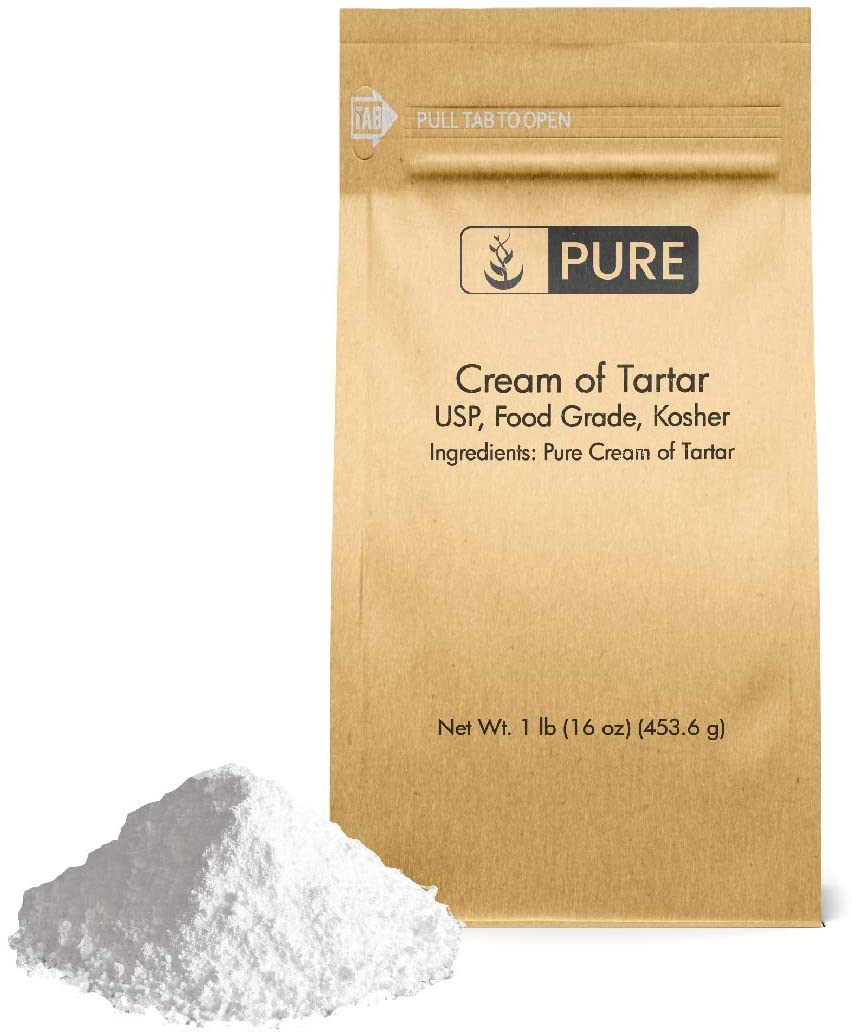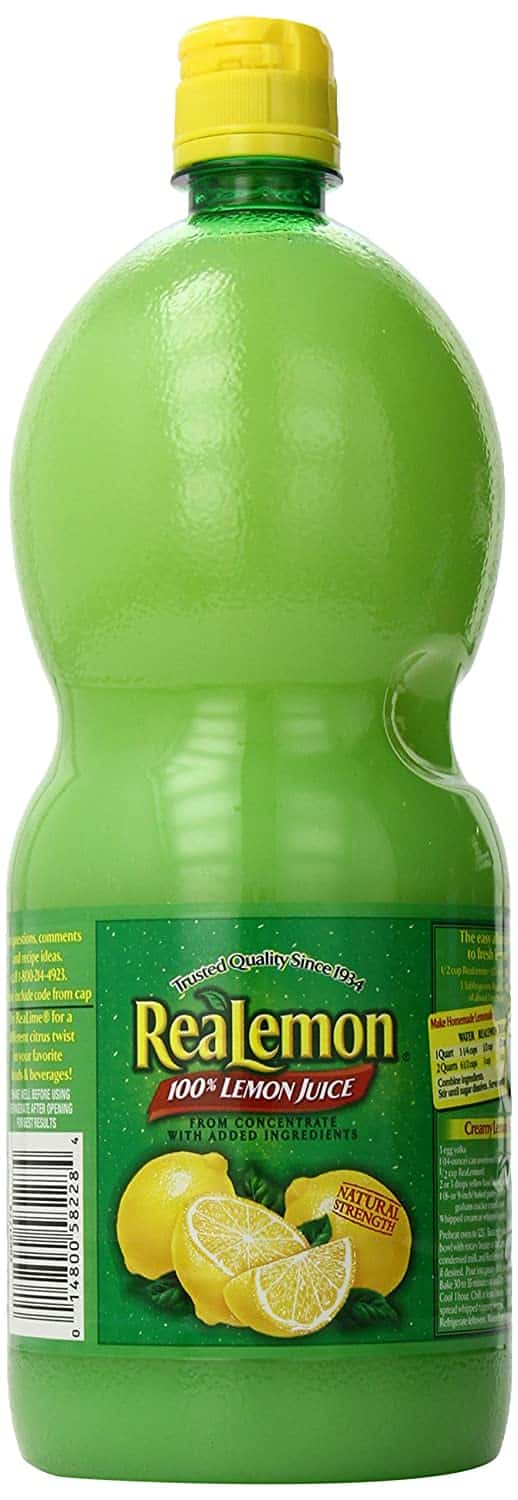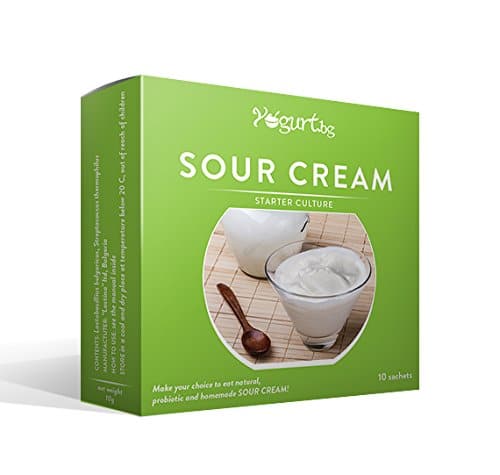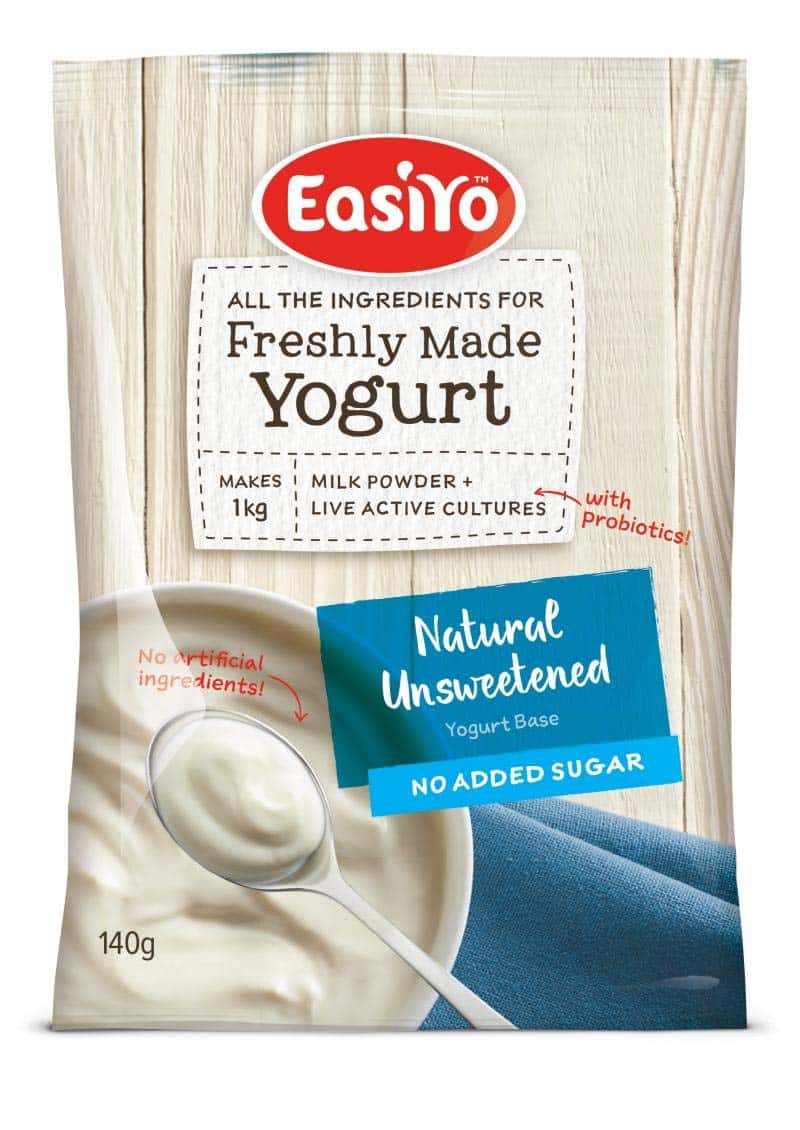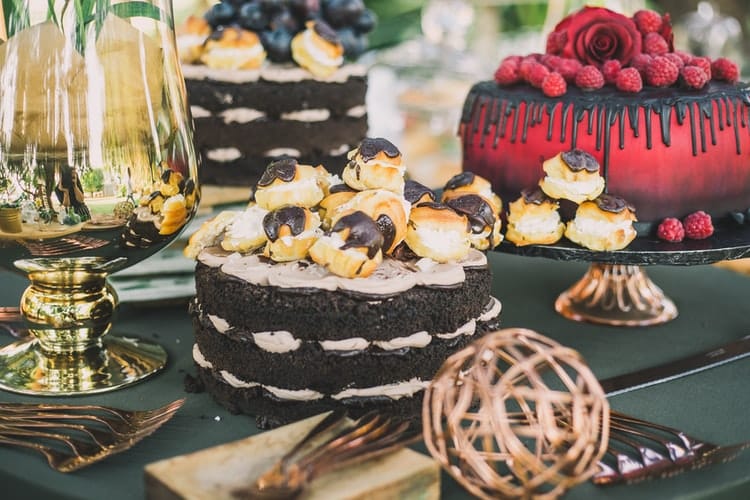Buttermilk is a dairy drink. It is the fermented liquid left behind after churning butter out of cultured cream. Buttermilk can be drunk straight, or it can be used in cooking recipes like fried chicken, waffles, brownies, pancakes, biscuits, and others.
Many people prefer to use buttermilk for many reasons:
- Buttermilk adds a very pleasant flavor to baked goods while adding very little fat. Other ingredients will eventually even out the sourness of the acid present in the buttermilk, but the tang still adds a welcome flavor to the finished product.
- Because buttermilk is highly viscous, it takes a lot of time for the moisture to evaporate during the baking process. This keeps the cakes moist.
- Buttermilk also helps to tenderize gluten, giving your baked product a very soft feel and texture.
- Gluten is a protein found in the majority of baked goods, and it gives them their structure. However, gluten is not good in high quantity as it adds density to these products. Buttermilk will help relieve the tough gluten strands, giving your finished product a softer texture.
- Buttermilk also has great leavening ability due to the acidic content. The acid found in buttermilk reacts with the baking soda’s bases creating small bubbles of carbon dioxide gases throughout the dough. It is these gases that give the cakes or bread their light and airy structure.
- Buttermilk also helps to reduce browning in cakes. Studies have reported that baked goods brown more readily in an alkaline environment. Buttermilk helps to change the pH to slightly acidic. This makes the cakes yellow and prevents them from browning too quickly.
Buttermilk in Cakes Nutrition Facts:
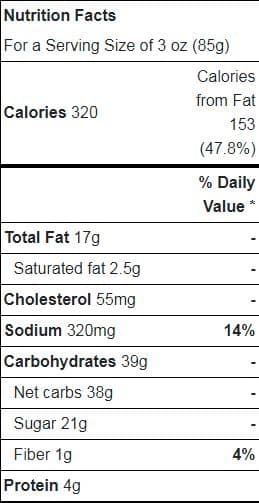
Substitutes for buttermilk in cakes
What happens when putting together your baking ingredients, you open the cabinet, and there is no buttermilk. Sometimes, running to the store to get a fresh can be exhausting and overwhelming, which is why we would be discussing substitutes.
When substituting another ingredient for buttermilk, keep in mind it’s acidity and flavor. Those two characteristics are a very big part of buttermilk, and no ingredients would give you the same results if they don’t have this.
- Milk and Vinegar.
- Milk and Cream of tartar.
- Milk and lemon juice.
- Sour cream and water or milk.
- Plain yogurt and water.
A common way to make a buttermilk substitute is by adding an acidic substance to milk, as would be seen below:
Milk and Vinegar
For this, you can use any vinegar; it could be Apple cider vinegar or distilled white vinegar. Adding any of this vinegar to buttermilk will give it an acidic taste that is similar to buttermilk.
You can use any milk as well. To make one cup of buttermilk substitute from this, you add one tablespoon (15ml) of vinegar to a liquid measuring cup. Then add milk till the measuring cup is filled to the 1-cup line, after which you stir. This should give you about 237 ml by now. You let this mixture sit for about five to ten minutes before adding it to your recipe. You have successfully made a buttermilk substitute.
Read More: Buttermilk Pancakes Recipe
Milk and cream of tartar
Cream of tartar is another acidic substance that can be combined with milk to give you another great substitute for buttermilk.
The cream of tartar, also known as potassium bitartrate, is a byproduct of winemaking. It is an acidic powder that can be used in baking and cooking. It has a neutral flavor. To make a cup of buttermilk substitute from this, you use 5 g of the cream of tartar powder with one cup (237 ml) of milk.
When stirred directly into milk, this powder tends to form solid clumps, so it is just easier to mix the powder with any other dry ingredients in your recipe before adding to milk. Once this is done, you have a buttermilk substitute that will perform almost similar functions to buttermilk itself.
Milk and lemon juice
Another acidic liquid you can add to milk to make buttermilk is lemon juice. Lemon juice is the juice gotten when you squeeze lemons. To make a cup of buttermilk substitute from this, you add one tablespoon (15 ml) of lemon juice to a measuring cup. Then you add milk to the one cup line, which is 237 ml.
After that, you stir. For the lemon juice, you can either use the freshly squeezed juice or the bottled juice. But one thing to note is the bottled variety of lemon juice contains a preservative substance called sodium sulfites, and sulfites may trigger asthma symptoms in some people.
Sour cream and milk
Sour cream is a dairy product obtained by fermenting regular cream with a certain kind of lactic acid bacteria. It has a variety of uses when it comes to culinary purposes.
To use this in making one cup of buttermilk, the first thing to do is add a measured amount of milk. This is because sour cream is thicker than buttermilk, so milk would be needed to thin it a little. You can also use water. Combine 172 g of sour cream with 59 ml of milk and then whisk it well until desired results are achieved.
Plain yoghurt and water
Plain yogurt has an acidic and tangy taste that is slightly similar to buttermilk, making for a great substitute. You can also thin the yogurt with a measuring cup of milk to achieve the same consistency as buttermilk.
To make one cup of buttermilk substitute from these ingredients, combine 163 ml of plain yogurt with 59 ml of milk and whisk until it is smooth.
Frequently asked questions
How do you know if your buttermilk has gone bad?
A lumpy texture is one obvious property of bad buttermilk. Another one is slight discoloration and an unclean, sour smell. If you notice any of this, then it’s time to throw your buttermilk in the trash.
Can I drink buttermilk?
Yes. But because buttermilk has a very thick consistency, it is very hard to just down it and walk out the door, unlike normal milk. Could you take it in little sips?
Also, buttermilk contains lactose, of which a lot of people are intolerant, so you might want to be sure of your allergies before drinking it.
Is buttermilk fattening?
Not so much. One cup of buttermilk has about 99 calories and 2.2 g of fat, while whole milk has about 157 calories and 8.9 g of fat.
Conclusion
Using any of the above as substitutes for buttermilk will neither affect the flavor nor the overall finished products of your baked goods. The only factor you should seriously consider when using is the measurements for each of these ingredients, and you don’t want to mix too much acid with too much milk.
Buttermilk is a useful ingredient, but whenever you don’t have it at hand, you can try any of the above ingredients and still get similar results.
